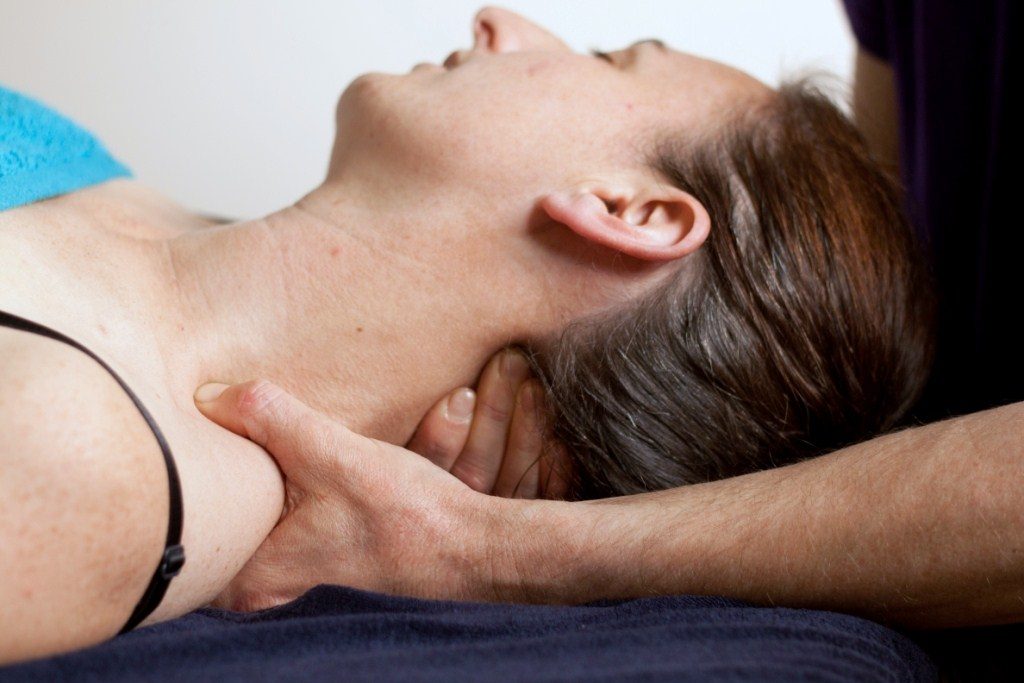You walk into McDonalds and order your big mac and fries and a milkshake the size of a walrus, all good and well. The guy takes your order, goes and gets it- but comes back with a Lean Chicken Salad with a veg juice.
“What the heck is this?” You think….” I came in here with a certain expectation of what I want and what, at this point, I *need*, and yet *this* is what I get. What the hell”?
So you question the guy behind the counter… “What happened to the Big mac, the fries and the milkshake?”
“Ah, well, we’ve all been re-trained you see. In this Branch, although we used to sell calorie dense food and insane levels of E-numbers, we’ve been told that we should be looking after our customers better and are helping them be better by selling food that is good for you”.
“No matter what I think?”
“No matter what you think”.
“But I can still get my mac and fries and milkshake at another Maccy D’s”?
“Yep- if you go to an *old school one* which isn’t up to date with the new thinking”.
Huh. Thanks.
And you walk away.

Can you believe it? I’ve got no photos of Maccy D’s.
Ok- so this analogy doesn’t entirely hold water, but bear with me…
A guy walks into a physio department wanting/needing a massage/needling/manips, whatever for his back.
A well meaning physio tells him- “Oh, we don’t do that anymore, here, have a load of exercises and go do them…”
“What about my back? Are you not going to do anything about it?”
“Oh- the evidence says that doesn’t work, so we don’t do it anymore”.
“But I can still get it done elsewhere?”
“Oh yes, if you choose the right place that is old and out of date”.
And so he walks away.
As I say, this analogy isn’t totally watertight as the maccy d’s guy *probably* isn’t a dietician, and comparing a physiotherapist to a fastfood chain isn’t entirely fair, but it kind of makes the point I’m trying to get at- especially from a physio point of view.
Let’s go with back pain for the moment. We KNOW that massage, needling, electrotherapy etc. makes not a jot of difference to the outcome of backpain. We know that it has been used a lot in the past, and so there are a lot of people expecting it when they come through the door… That and a load of pilates exercises, which may or may not work.
However, there are a whole swathe of people who are looking for these passive things as a therapy. If we stand there and say – “nah. Sorry mate, it’s evidence based practice or the highway”, you’ll never guess what- these people are simply going to say, “alright, cheers”. And bugger off to another person who is going to provide that service to them.
Have we helped this person by using evidence based practice? I would say no. And no amount of education is going to help them because you as a therapist are not being empathetic to them.
Think of it another way. A guy trying to to give up smoking comes in and asks for patches to help the craving. “Nah, sorry mate. No nicotine for you. Here, how about a peppermint and a healthy dose of running up a hill?” Ok, it’ll’ help in the long run, but will it help the immediate craving? Probably not. Is this poor guy going to end up having a drag and going back to cigarettes? Maybe. Probably.
Meet them halfway?
Perhaps as therapists we should be thinking about meeting these patients halfway – not as a means for pacifying them, but as a way to gain their trust and empathy. If a physio stone cold tells a patient what they want is wrong, you’re going to have a hard time winning them over to your way of thinking.
Not only that, but when the patient is in pain, they aren’t really thinking about the long term “what can I do to stop this from happening again” they’re probably more interested in someone helping them not feel like they are *right now*. And if that means someone rubbing your back for a bit, all the better… and if you’re feeling better, you’re more likely to listen to strategies about how to make it feel better for longer.
Ok- so it isn’t backed up by an RCT, nor am I encouraging you to blast around wielding needles at patients, but I’m wondering if a bit of empathy and a bit of help with pain won’t go amiss.
Human connection, understanding. Not just “here is a weight. Shut up and lift”.
(although yes, that *can* help with some cohorts, but not all).




